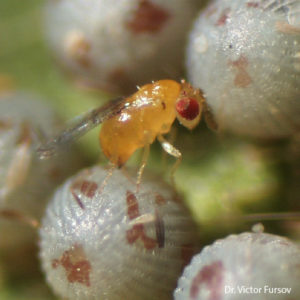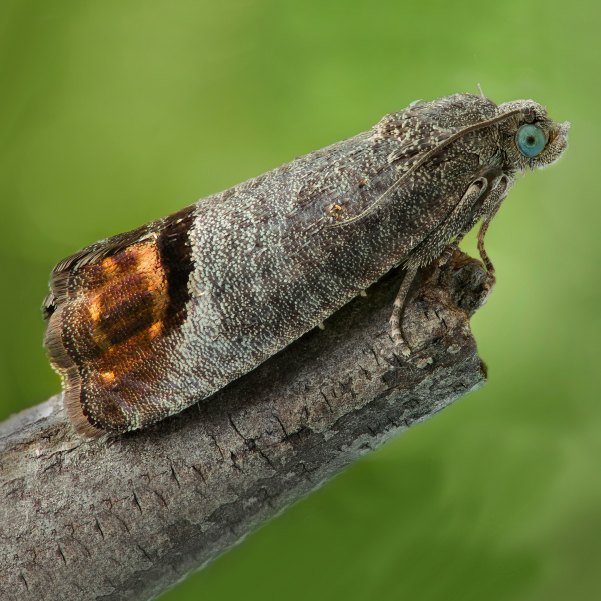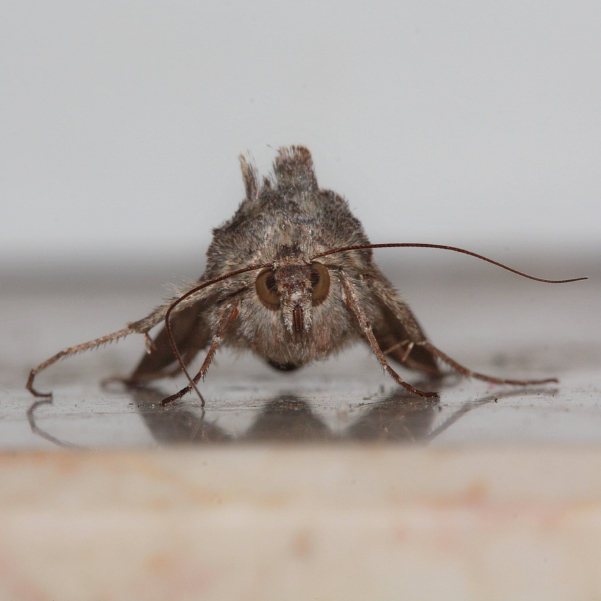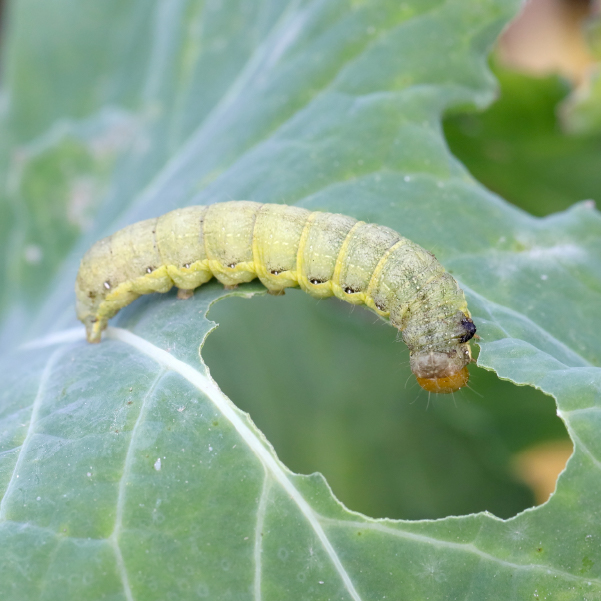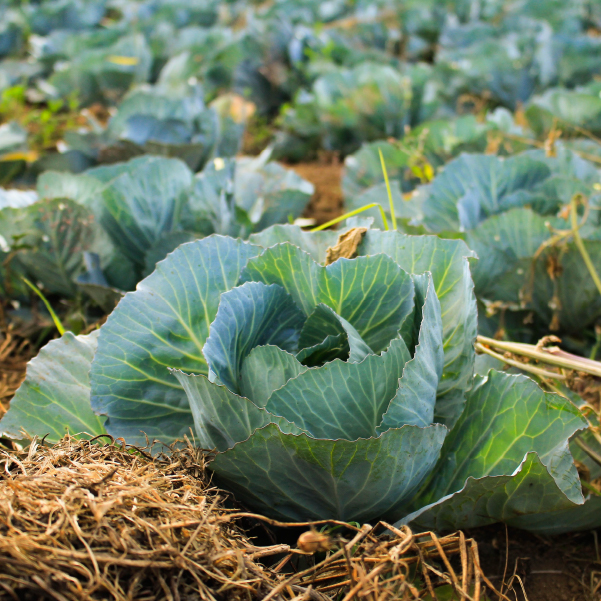BioTrichopretiosum (Trichogramma pretiosum) is an egg parasitoid used in IPM programs to control various lepidopteran pests. The adult T. pretiosum measures around 0.3 mm and is pale yellow with red eyes.
The female lays its eggs in lepidopteran eggs and can parasitize up to ten eggs a day. The larva kills the developing embryo of the host and feeds on the egg contents. After the pupation stage it emerges as an adult, through a circular hole in the egg. The adult wasp is able to mate shortly after emerging.
BioTrichopretiosum is recommended for use in cranberry, ornamentals, peppers and cabbage.
Consult your local BioBee representative for additional details.
Target Pests
Application
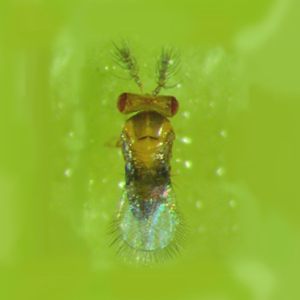
- BioTrichopretiosum is shipped in insulated, chilled boxes, packaging must be kept intact until it reaches the end-user.
- Keep in a cool location 4-10°C (40-50°F) until release; do not put cards/strips in a refrigerator.
- Release evenly through the crop, on the foliage, do not drop them on the ground.
- Take one card/strip and hang it on a branch at head height, inside the tree canopy.
- Do not place in direct sunlight.
- Try to release BioTrichopretosium as evenly as possible throughout the orchard.
- During hot days, releases should occur during early morning or late afternoon
Before combining BioTrichopretosium with any chemical pesticide in the crop, please consult your BioBee technical field representative.
Crops
Storage
-

Storage temperature
-

Apply early morning or late afternoon
-

Store horizontally
-

Do not store in sunlight
-

Do not freeze
Disclaimer
BioBee Sde Eliyahu Ltd. produces and markets biological products. Production is carried out using innovative techniques under controlled quality assurance standards such as ISO 9001:2015, as well as IOBC’s international standards for mass-production of insects. All products are tested to meet specification requirements before leaving the factory.
The success of biological pest control is affected by the crop’s initial pest population (upon application of the product), weather conditions and chemical residue present in the crop, among other possible aggravating factors.
Under no circumstance shall BioBee be liable for the outcome of the implementation in the field, as it has no control over local conditions, the application method, or the possible improper treatment/storage of the product.
